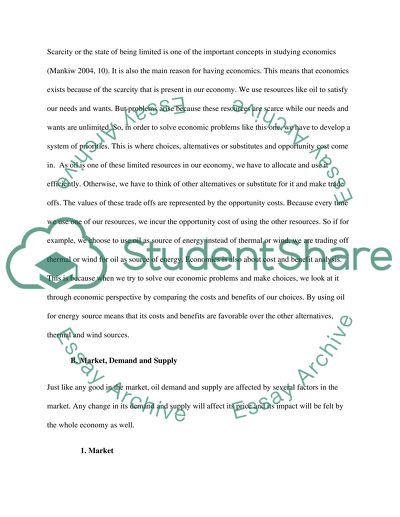Cite this document
(“Macroeconomic Outlook for Oil Prices Owing to Unrest in the Middle Essay”, n.d.)
Retrieved from https://studentshare.org/macro-microeconomics/1412551-macroeconomic-outlook-for-oil-prices-owing-to-unrest-in-the-middle-east
Retrieved from https://studentshare.org/macro-microeconomics/1412551-macroeconomic-outlook-for-oil-prices-owing-to-unrest-in-the-middle-east
(Macroeconomic Outlook for Oil Prices Owing to Unrest in the Middle Essay)
https://studentshare.org/macro-microeconomics/1412551-macroeconomic-outlook-for-oil-prices-owing-to-unrest-in-the-middle-east.
https://studentshare.org/macro-microeconomics/1412551-macroeconomic-outlook-for-oil-prices-owing-to-unrest-in-the-middle-east.
“Macroeconomic Outlook for Oil Prices Owing to Unrest in the Middle Essay”, n.d. https://studentshare.org/macro-microeconomics/1412551-macroeconomic-outlook-for-oil-prices-owing-to-unrest-in-the-middle-east.


